Between sandbars and tegnùe (beach rocks or outcrops): The uniqueness and magic of the lagoon and the Venetian sea
The Venetian lagoon is a delicate and fragile environment, a balance between natural and human forces. The environment was well known by Count Alessandro Pericle Ninni, a naturalist born in Venice in 1837, who devoted most of his life to zoological studies, especially fauna of the Veneto, planning for the construction of a zoological station in Venice, like the one founded by Dorhn in Naples.
And it is the library at the Museo di Storia Naturale di Venezia, in fact, that preserves the studies of Ninni and other scientists, as well as a rich collection of manuscripts. The maze of lagoon waters slides in among flat and boggy grounds: in the salt marshes dwell reeds, salicornia, Limonium; here the colors transform with the seasons, and in these natural oases, birds nest using these areas, staying toward the velme, the shallow bottoms that are completely exposed during low tides.
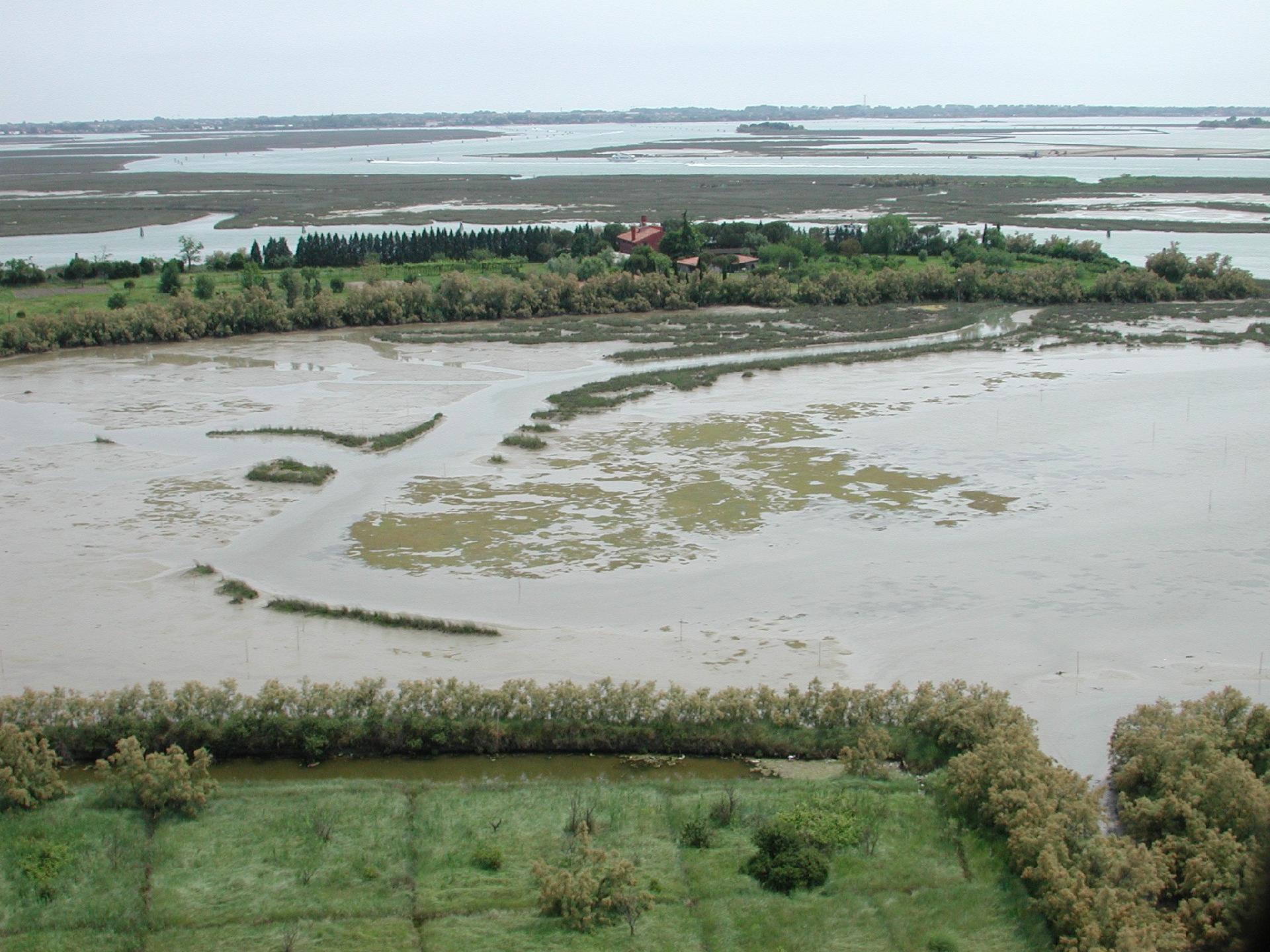

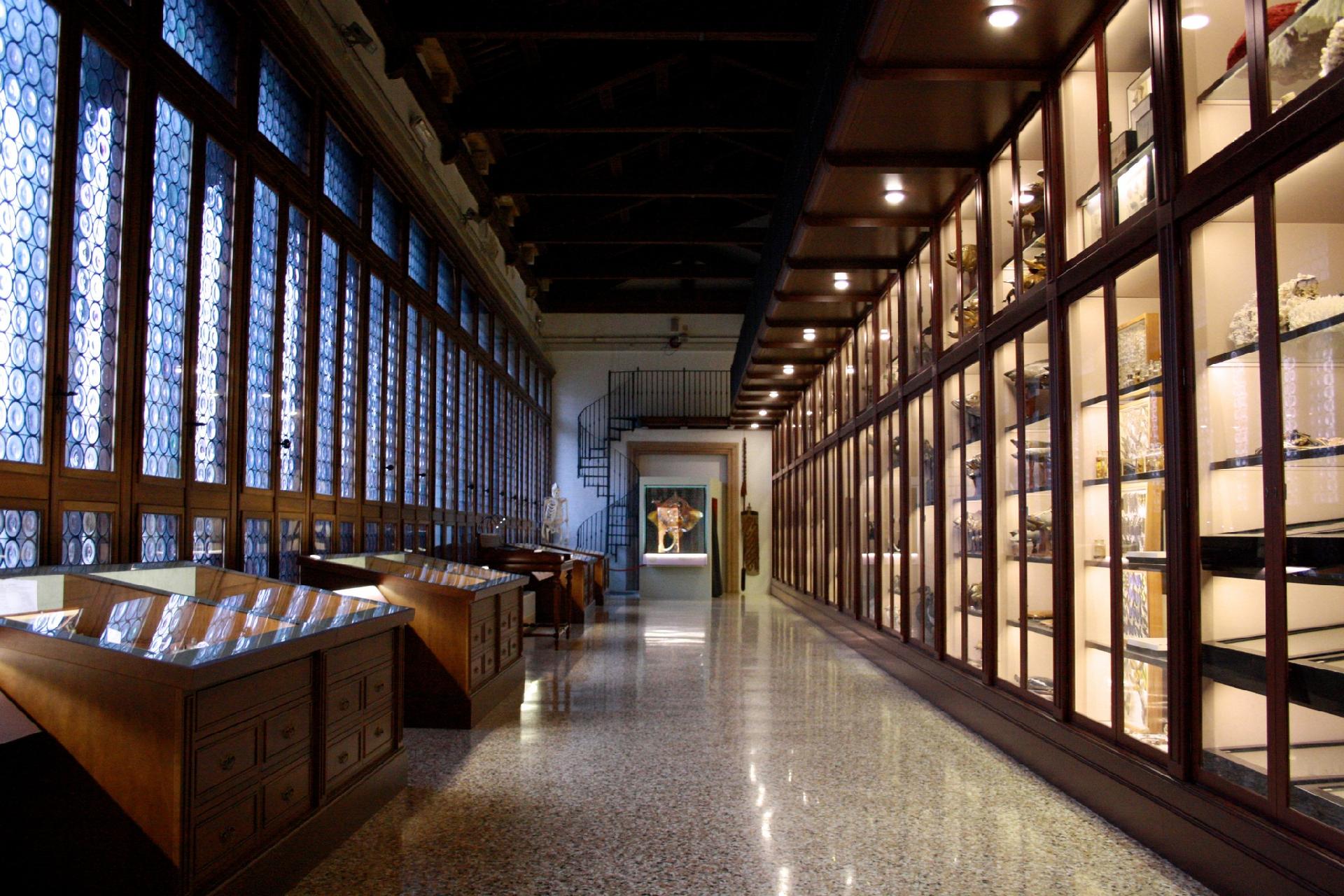
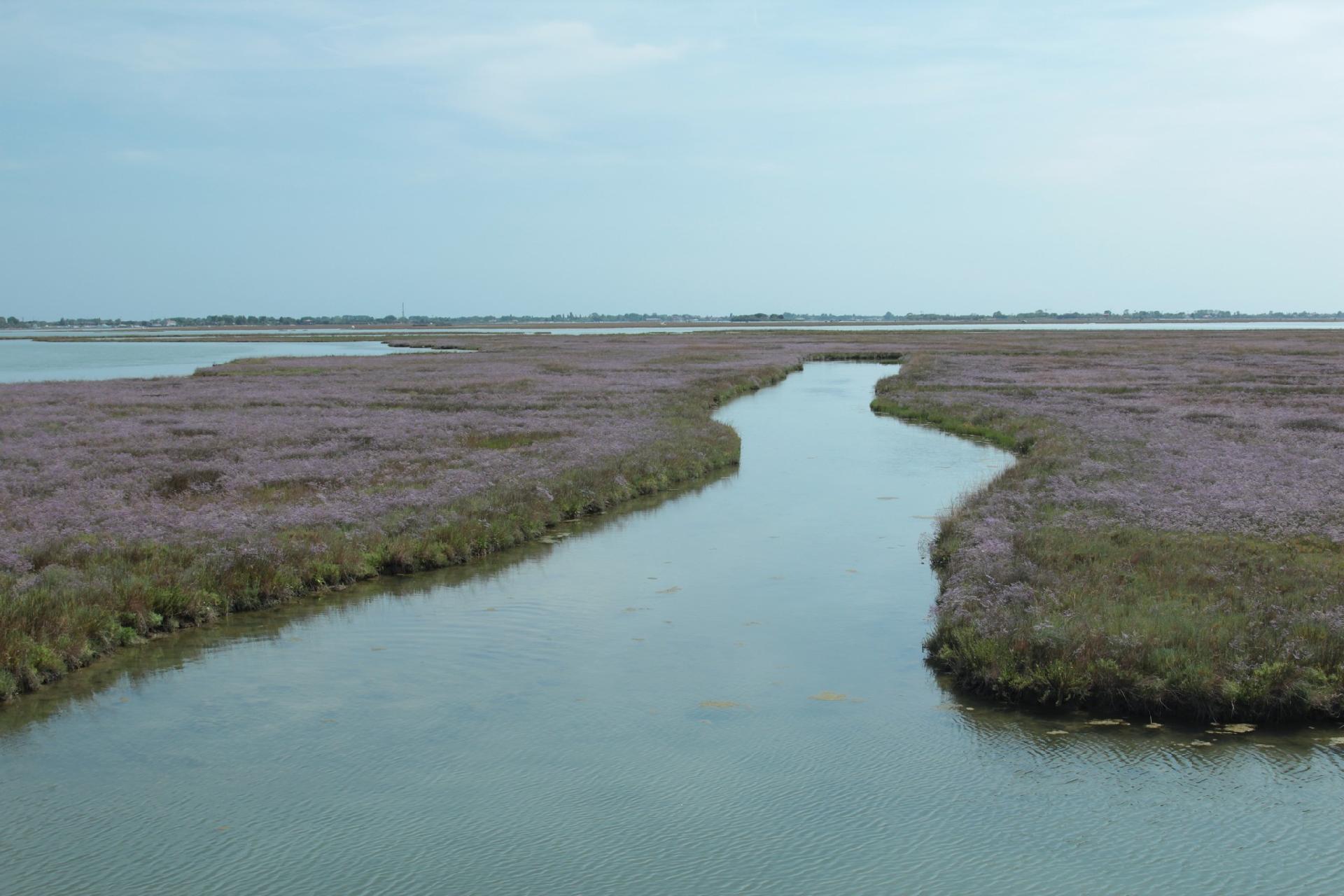
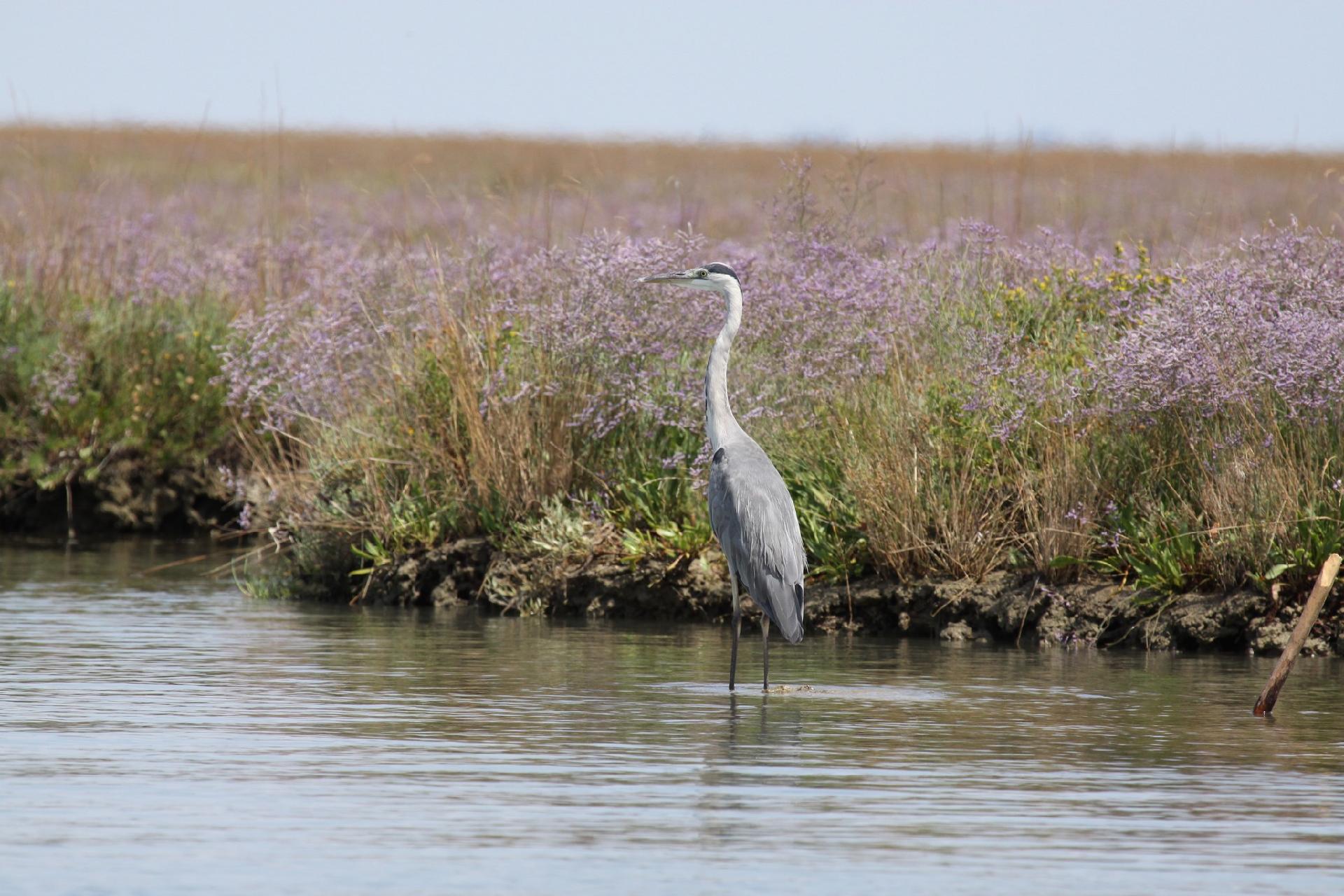
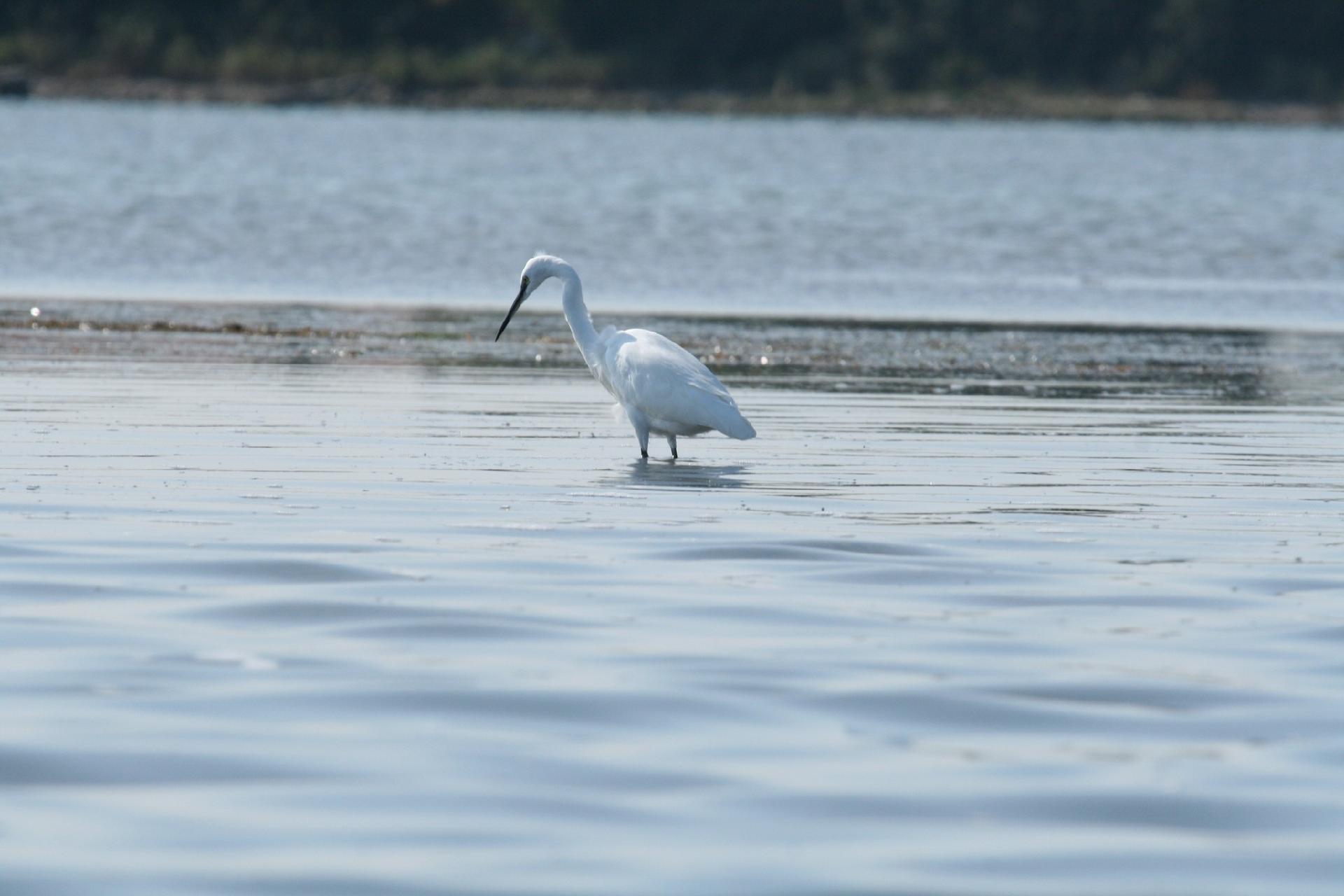
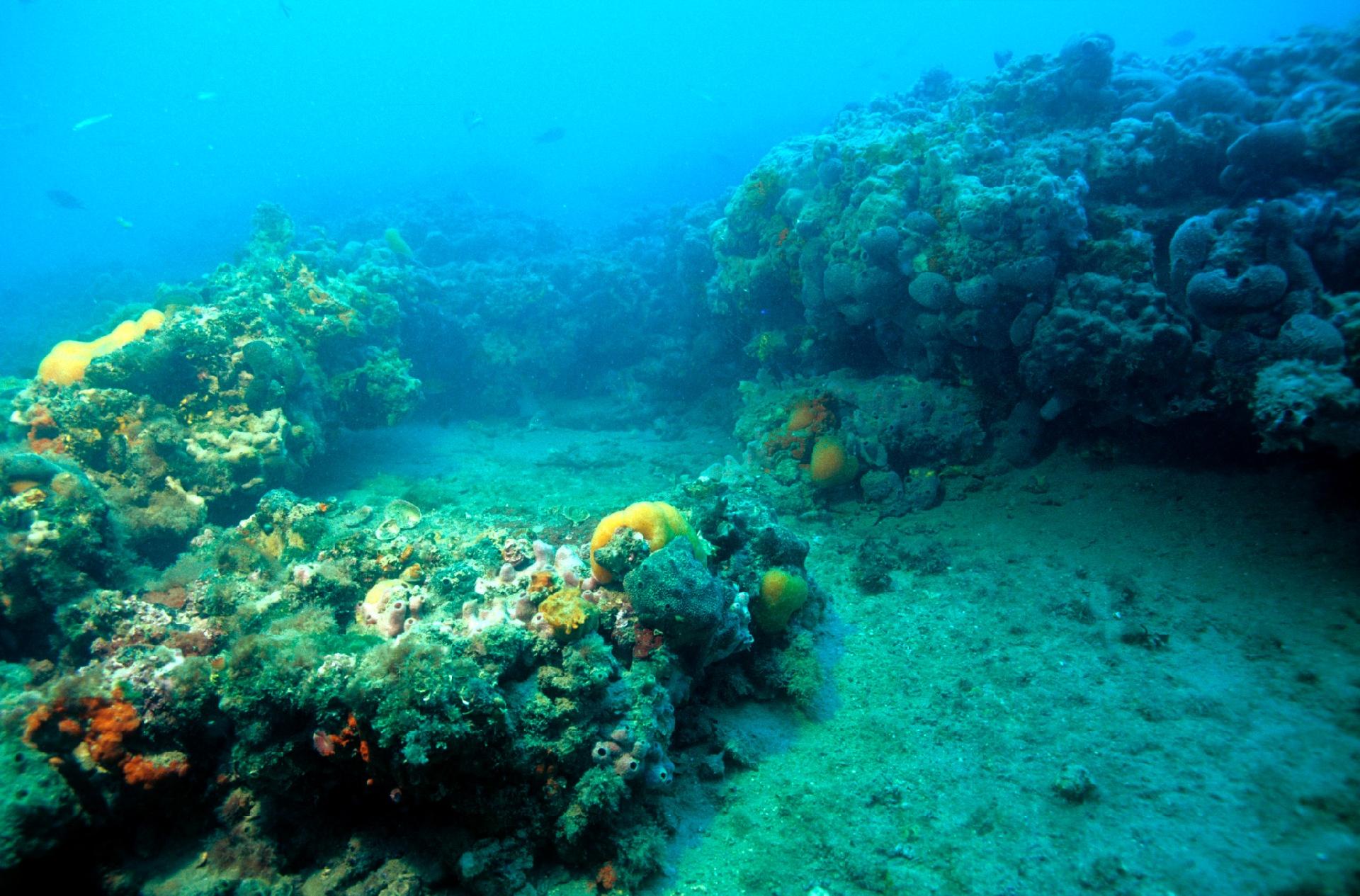
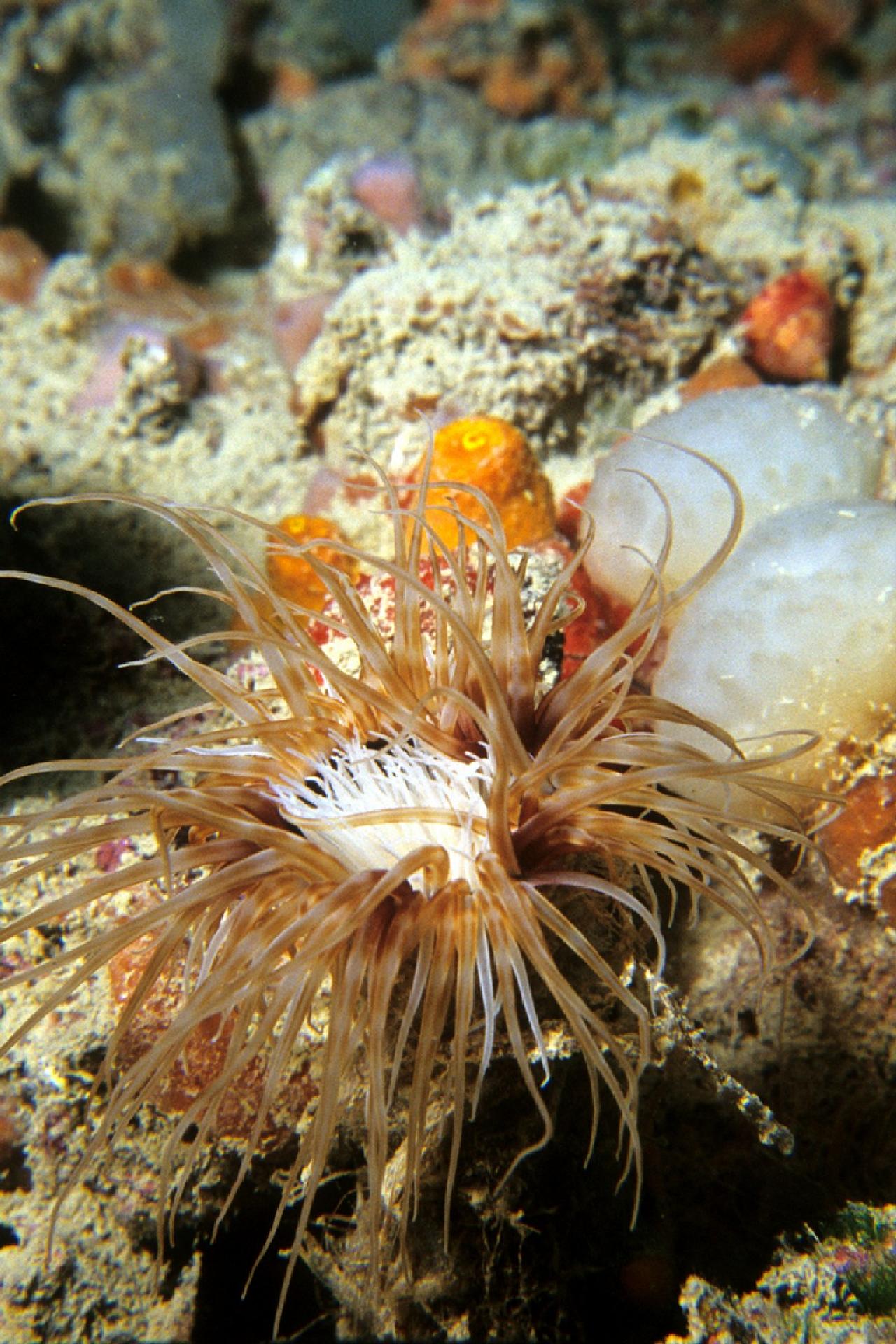

In 1792, in his "On legislation for preservation of the lagoon," Abbot Cristoforo Tentori proposed the "taming" of the salt marshes to protect the lagoon: "It will come to pass, then, that this will conserve fruitful and clear waters, convenient for navigation, of graceful appearance to the eye; and that the immense salt marshes, and the swamps, struck now by the sun owing to their elevation, once plunged beneath the waters will not exhale their murderous effluvia and unhealthy vapors, which make the air of this estuary not so healthy as it was in times past, for which it was praised by Vitruvius and other writers of his age." Although the project was never realized, according to the latest research, the surface of the salt marshes has decreased by 70% during the 20th century.
Biodiversity is increasing, which helps combat the erosion that threatens to alter the peculiarity of this delicate ecosystem, a submerged habitat of great value thriving in the Venice lagoon: that of the phanerogamous (seed-bearing plant) prairies. The poet Zanzotto wrote: "The great salt marshes are alive, the backs of entities allowing themselves to be revealed or covered over, according to impalpable, great laws; there appear star-shaped spots, birds, vibratile antennas, like those of ants when meeting. No, the human story is not finished here, it will not end in this, a place' as possibility, a field, a very idea in which life can recognize itself."
But there is another special feature of Adriatic scenery: the tegnùe, natural rock formations that emerge from the sandy bottom, typical of the Upper Adriatic, located between 8 and 40 meters deep. The name derives from the fact that these formations retain the anchors and break nets and other tools used for trawling. And because of the damage caused, the fishermen have known of the existence of these areas for a long time. They were discovered and described by Abbot Chioggiotto Giuseppe Olivi, a naturalist who lived at the end of the 18th century, member in 1793 of the Società Italiana (now the Accademia dei XL), author of Zoologia adriatica, who told them: "These eminences, commonly referred to as tegnùe, are notorious and abhorred by our fishermen because they cross through the very weave of the nets; there are examples of them opposite Maran, Caorle, the Tre Porti, and a few other sites ... they are commonly believed to be the remains of two ancient cities sunken by an impetuous flooding of the sea."
Legend has it that they are the remains of cities sunken as a result of a formidable tidal wave: a story that closely resembles the events regarding ancient Metamaucum near Venice and the Roman settlement of Petronia, near Caorle. Actually they are clastic sedimentary rocks, formed after the last glaciation by carbonate cementation of beach sediments, such as sand and fragments of shells, and organogenic rocks produced by the action of constructive organisms of vegetable nature (calcareous algae) or animal nature (bryozoans, serpulids, encrusting cnidarians), whose calcareous skeletons can form structures of a certain thickness as they stratify.
An environment teeming, thus, with life: annelids, colonies of bryozoans. Poriferans and cnidarians, tunicates. Such a rich presence of sessile and encrusting species, combined with the availability of ravines and dens, attracts a large population of mollusks, crustaceans, and echinoderms. Fish, also, are particularly common in these environments. A unique situation for elevated biodiversity. Today, the sometimes brutal fishing, the accumulation of waste (nets, ropes and lines, tie rods, footwear, clothing, raingear, etc.), mass tourism and pollution, all these have now threatened this landscape, fundamental for the ecology of the coastal marine system.
Numerous collaborations have been born in these years among various institutes for the study, research, and protection of this priceless Italian heritage: from the Life Ghost project of the Veneto Region, to the project linking together the Museo di Storia Naturale and ARPAV (Regional Agency for Environmental Prevention and Protection of the Veneto). In 2004 the divers' group of Caorle, assisted by the municipality, obtained from the Giunta Regionale del Veneto (Veneto Regional Council) (DM 16/12/2004) the establishment of a Zone of Biological Protection, for the area of the Tegnùe of Porto Falconera, one of the most extensive in the upper Adriatic.
All forms of professional or sport fishing are prohibited here, along with all anchorage and bathing. It is no coincidence that in 1987 UNESCO declared Venice and its lagoon a World Heritage Site, a world studied by science and loved by writers like Hemingway: "It was getting lighter now and the shooter could see the low line of the near point across the lagoon. Beyond that point he knew there were two other shooting posts and far beyond it there was more marsh and then the open sea. ... He watched the sky lightening beyond the long point of marsh, and turning in the sunken barrel, he looked out across the frozen lagoon, and the marsh, and saw the snow-covered mountains a long way off."
BIBLIOGRAPHIC NOTE
Lorenzo Bonometto, Respiro della laguna: origini, carattere e funzioni delle barene, Venezia, Corte del fontego, 2014
Ernest Hemigway, Di là dal fiume e tra gli alberi, Milano, Milano, Mondadori, I meridiani, vol II, 1993
L'Acquario delle tegnùe del Museo di Storia naturale di Venezia, a cura di Luca Mizzan, Raffaella Trabucco, Venezia, Società veneziana di Scienze Naturali, 2002
Giuseppe Olivi, Zoologia adriatica dell'abate Giuseppe Olivi, Bassano, Reale Acc. Sc. Lett. Arti, 1792
Enrico Ratti, Le origini del Museo Civico di Storia Naturale di Venezia, in «Le Scienze biologiche nel Veneto dell'Ottocento. Atti del sesto seminario di storia delle scienze e delle tecniche nell'Ottocento veneto. Venezia 18 e 19 novembre 1996», Venezia, 1998
Rupert Riedl, Fauna e flora del Mediterraneo, Padova, Franco Muzzio Editore, 1991
Cristoforo Tentori, Della legislazione veneziana sulla preservazione della laguna dissertazione storico-filosofico-critica del sig. abate Cristoforo Tentori, Venezia, Giuseppe Rosa, 1792
Andrea Zanzotto, Luoghi e paesaggi, Milano, Bompiani, 2013
Wolgang Luther, Kurt Fiedler, Guida della fauna marina costiera del Mediterraneo, Roma, Franco Muzzio Editore, 2012
ARCHIVAL REFERENCES
Biblioteca del Museo di storia naturale - Venezia
Barriere coralline "alla veneziana"
BY
Maria Procino

 help with your research
help with your research

